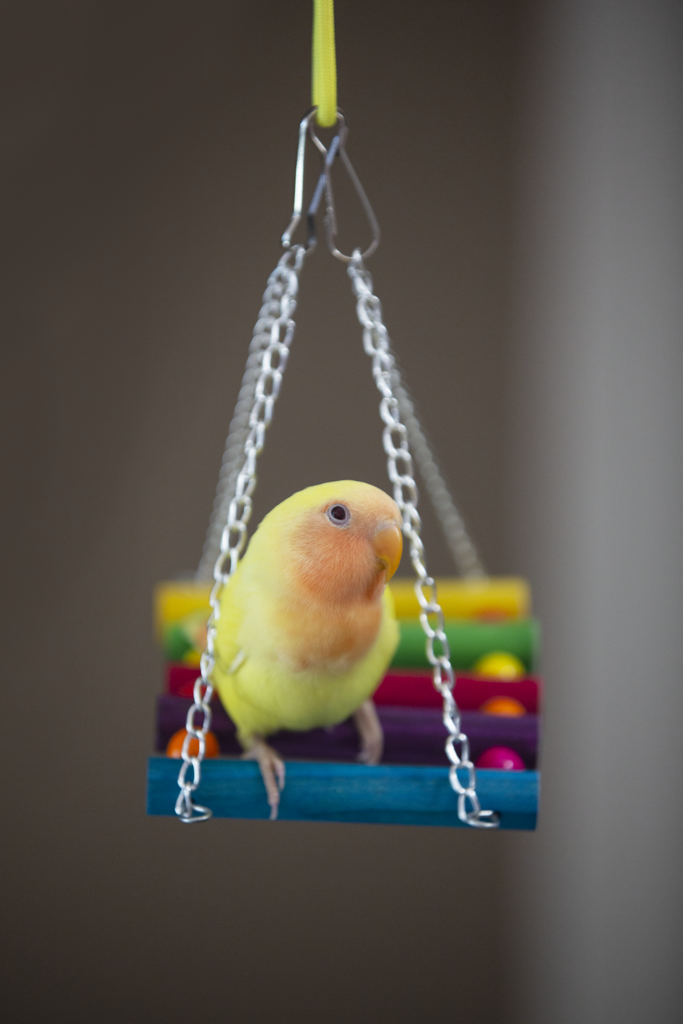
Lovebirds are among the smallest parrots, characterized by a stocky build, a short blunt tail, and a relatively large, sharp beak. Most people think we need a pair, but that’s not true. A single-lovebird home will do just fine if it receives lots of love and attention and affection from it’s owner… it will bond with you. On the other hand, if they will be alone most of the time, they would do better with a pair.
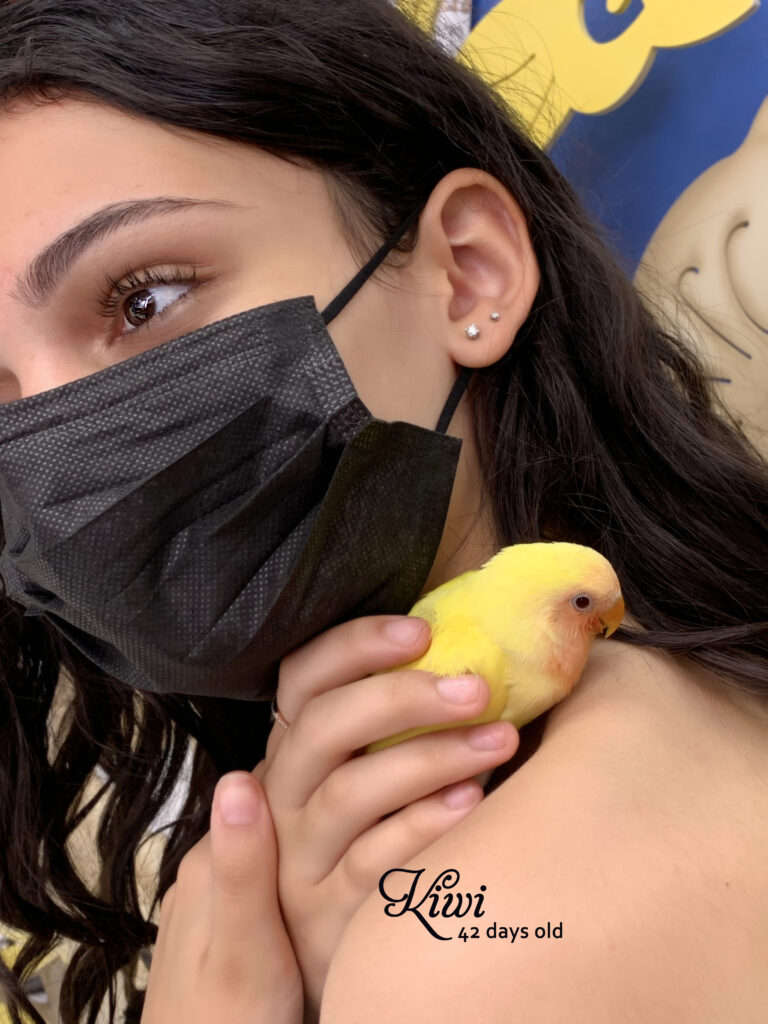

Macho is the standard color of a wild Peach-Faced lovebird (green) with a blue rump. “Blue” is the mutation that visually changes everything. There is an immense variety of mutations based on the lovebird being “green” or “blue” and breeders strive to produce beautiful Lovebird offsprings.
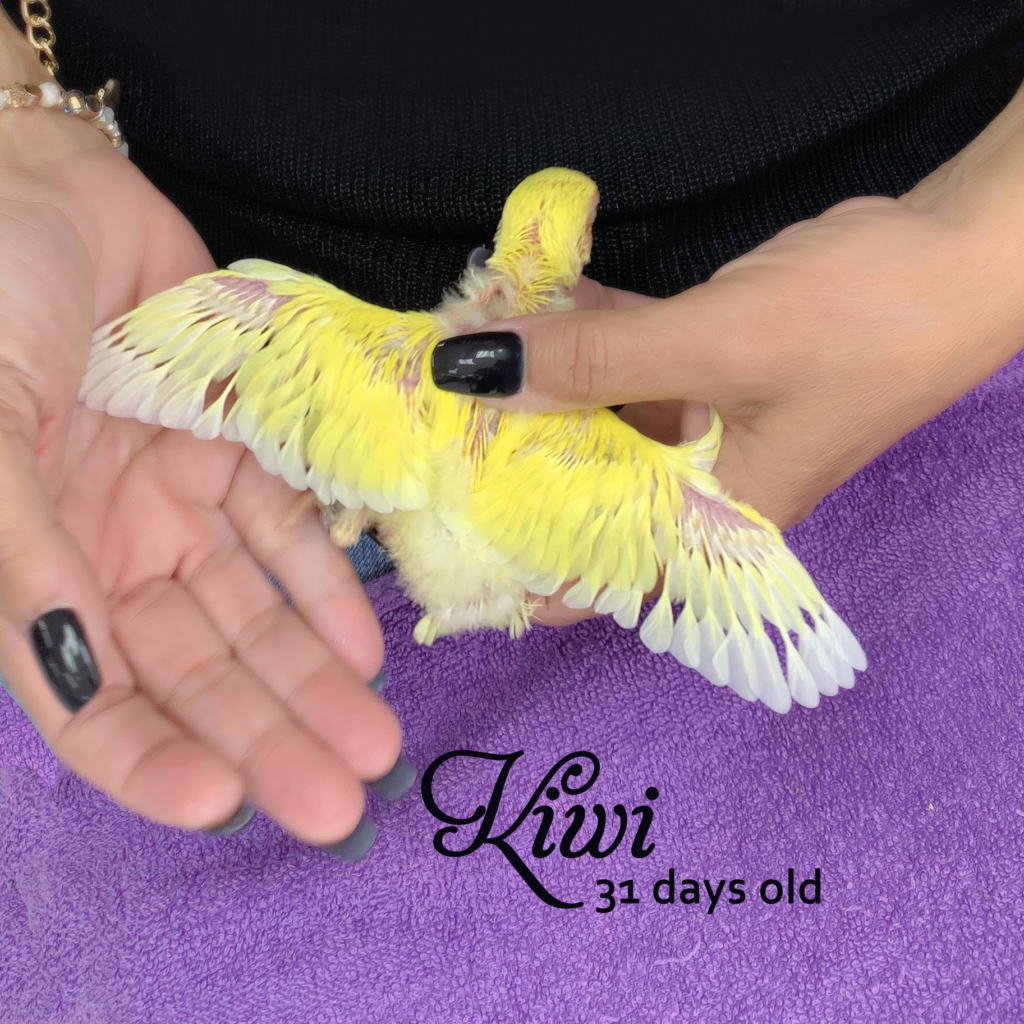
What are Lovebirds like? Below are a few of our observations.
Kiwi
- Curious – if she hears a sound she immediately has to investigate. She learns quickly and likes to cuddle. Kiwi can also be quite territorial about her toys but – so far – she has not bitten us not even once.
Macho
- My handsome boy is a bit shy and suspicious of everything around him. He follows Kiwi around and is usually glued to her side.
Whiski
- Out of the 5 lovebirds in the flock, Whiski is the most gentle. He loves being cuddled and has a great appetite. Whiski is Willow’s brother and has paired with Raven.
- Tamed and lovable… our turquoise/baby blue beauty is a joy to have around. She loves to eat raspberries and totally loves millet. Willow is Whiski’s sister.
- Our beautiful Raven was parent-raised, meaning she’s not fully tamed. Still weary of fingers and hands, it’s a work in progress. Raven has paired with Whiski and they appear to be totally in love with each other.
Kobi
- Our baby violet opaline in the flock, growing quickly. He has a cute temperament and loves to fly to his human’s shoulders or chest. He has paired with Willow and they do everything together. Someday Kobi and Willow will create beautiful #babylovebirds.
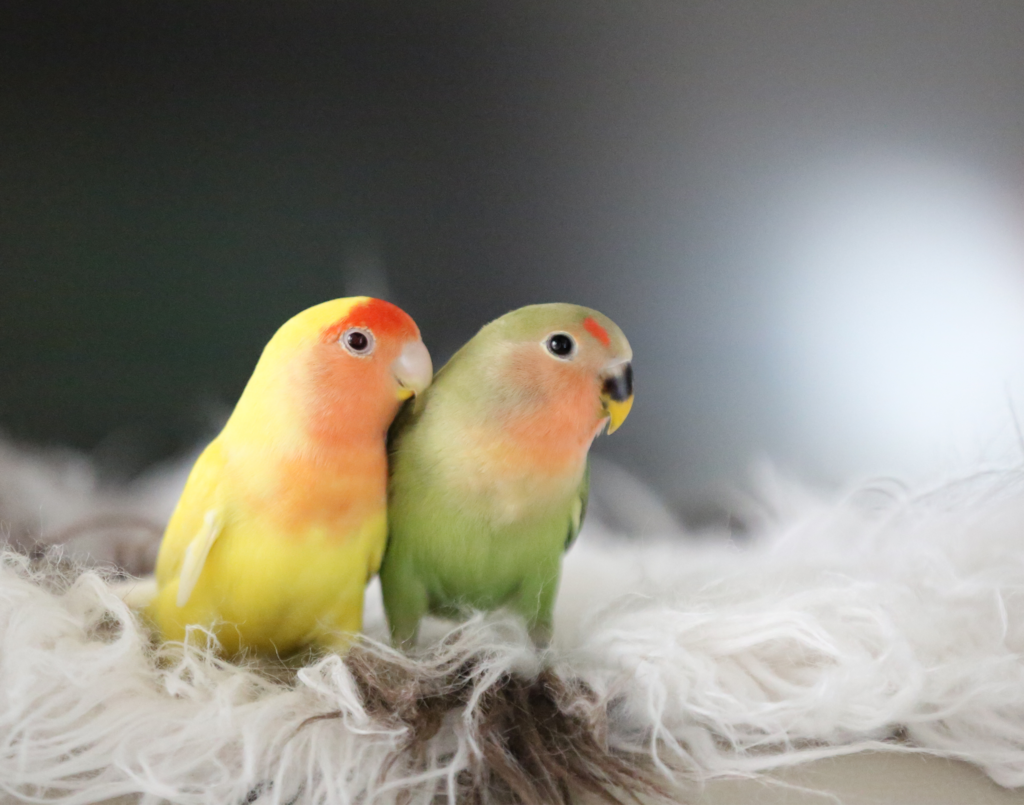
Do Lovebirds bite? Yup… all birds may bite at one point or the other even if fully tamed; however, for the most part lovebirds are absolutely a joy if tamed from an early age.
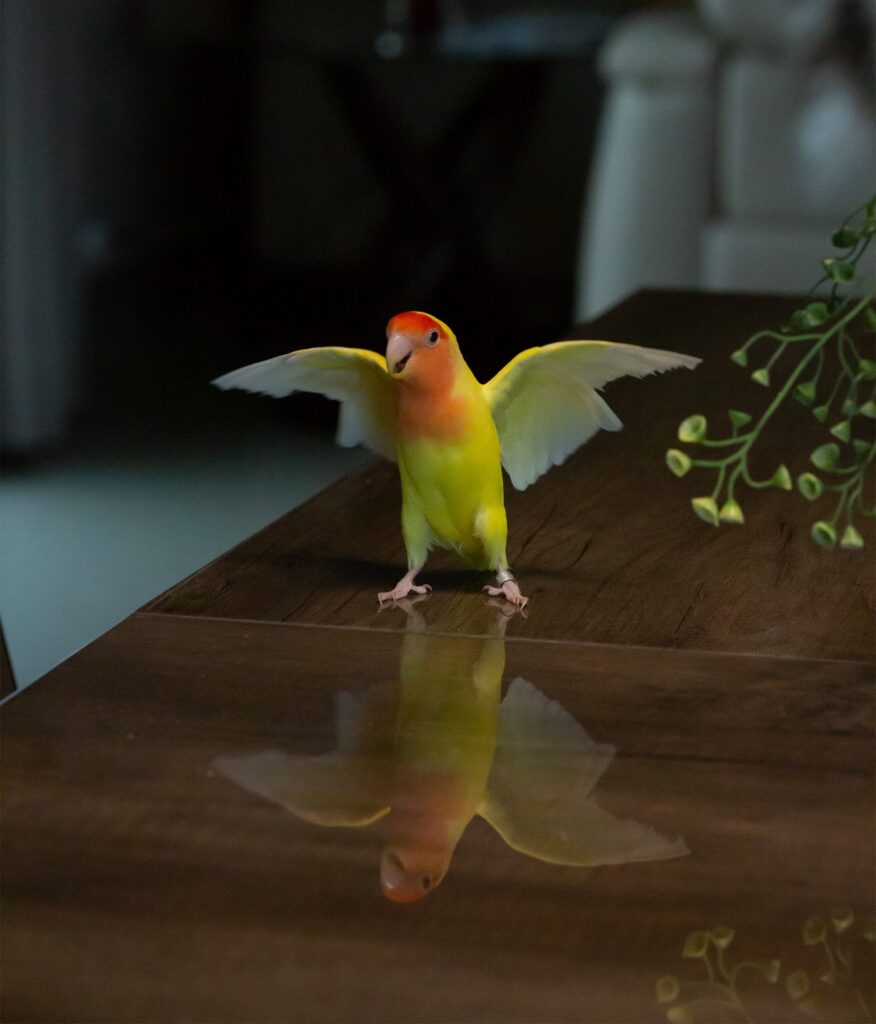
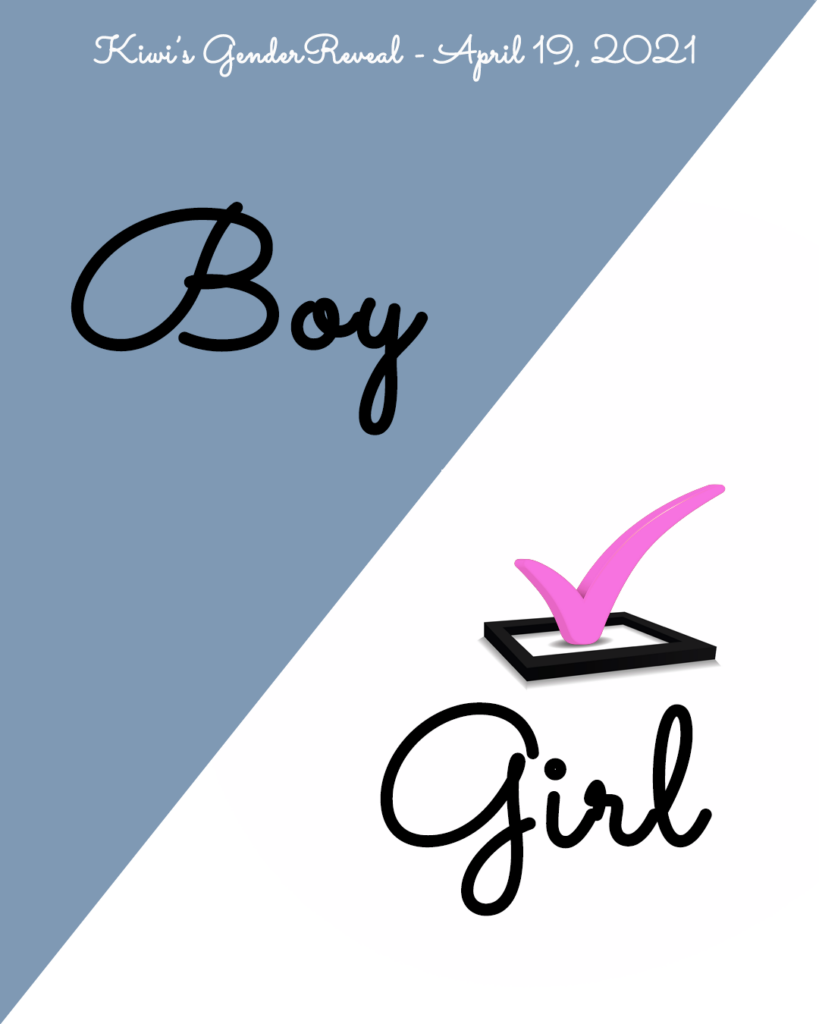
On MiamiLovebirds.com, you will exclusively see “Peach-Faced Lovebirds” (with various mutations).
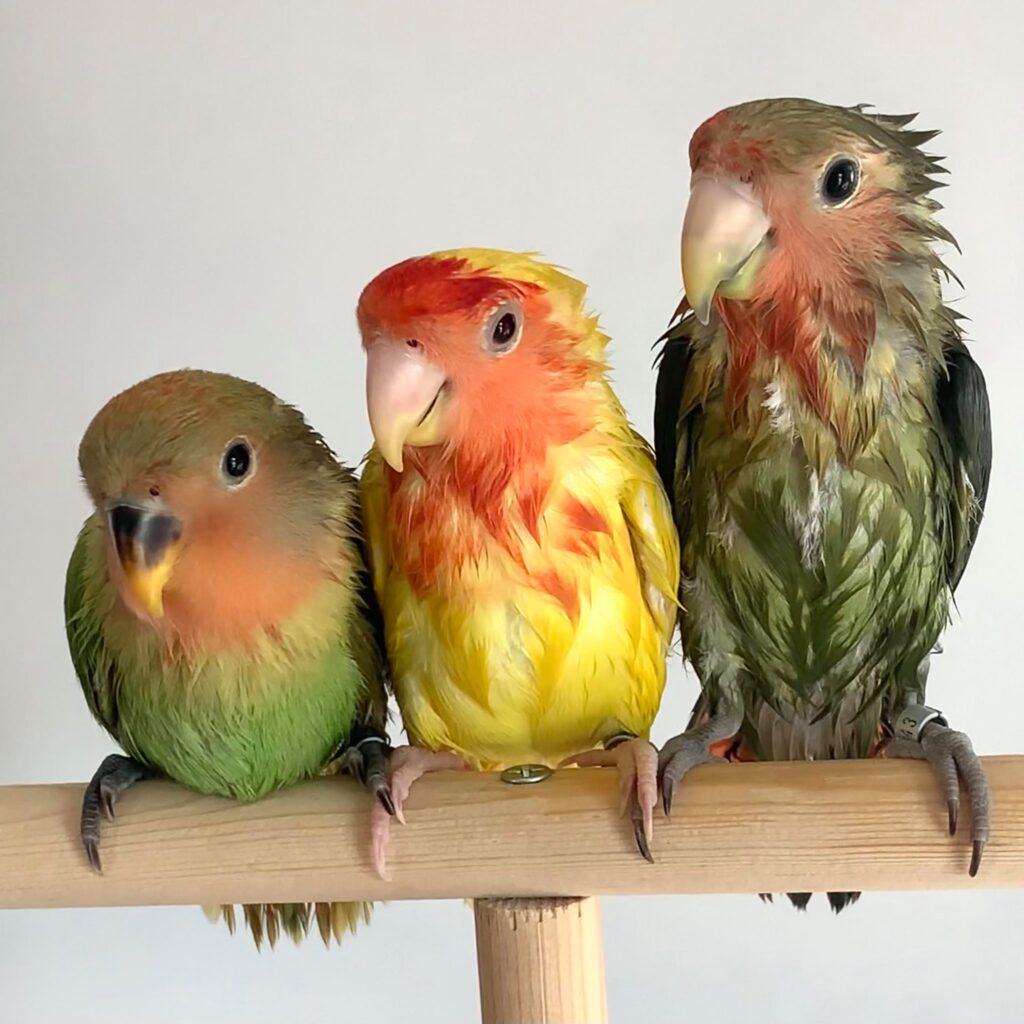
Lovebirds are monomorphic, meaning the male and female of the species look alike. The only sure way of knowing is with a DNA test. Each of our lovebirds has been DNA-tested and gender confirmed (Kiwi = female; Macho = male; Whiski = male; Willow=female, Raven=female and Kobi=male).
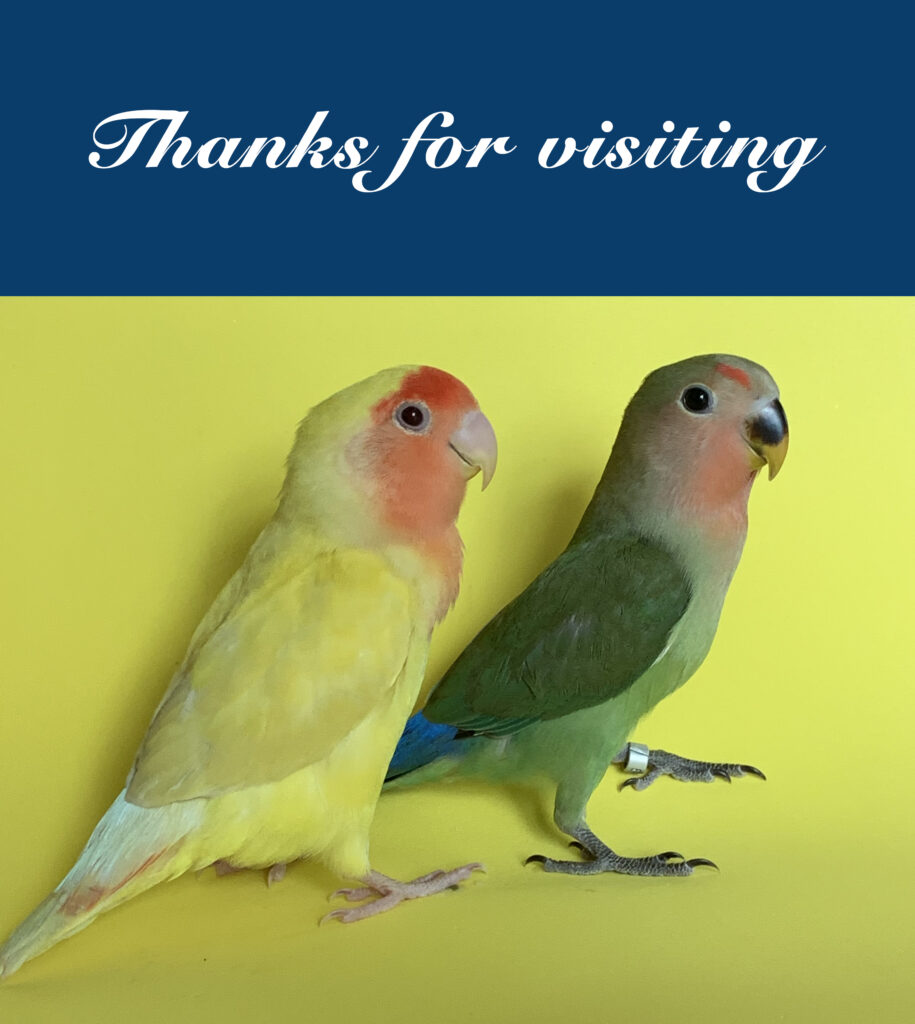
What do Lovebirds eat? For a little bird, they sure have a big appetite. Our eat a mixture of pellets, seeds, and fruits and vegetables… they also LOVE millet.
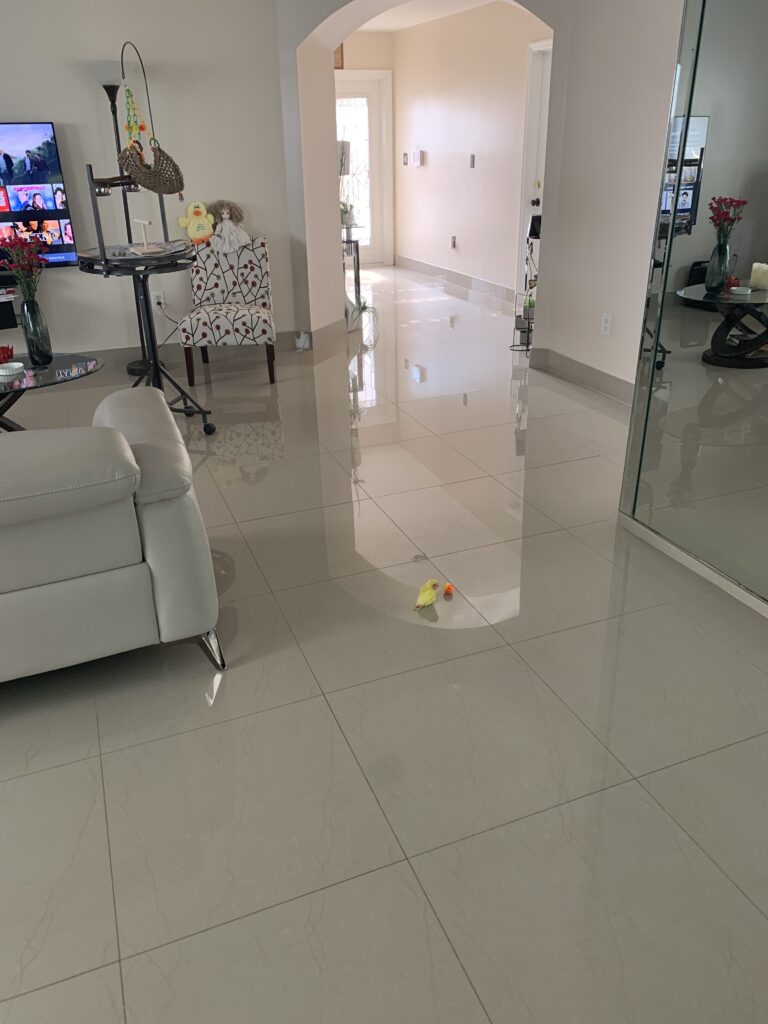
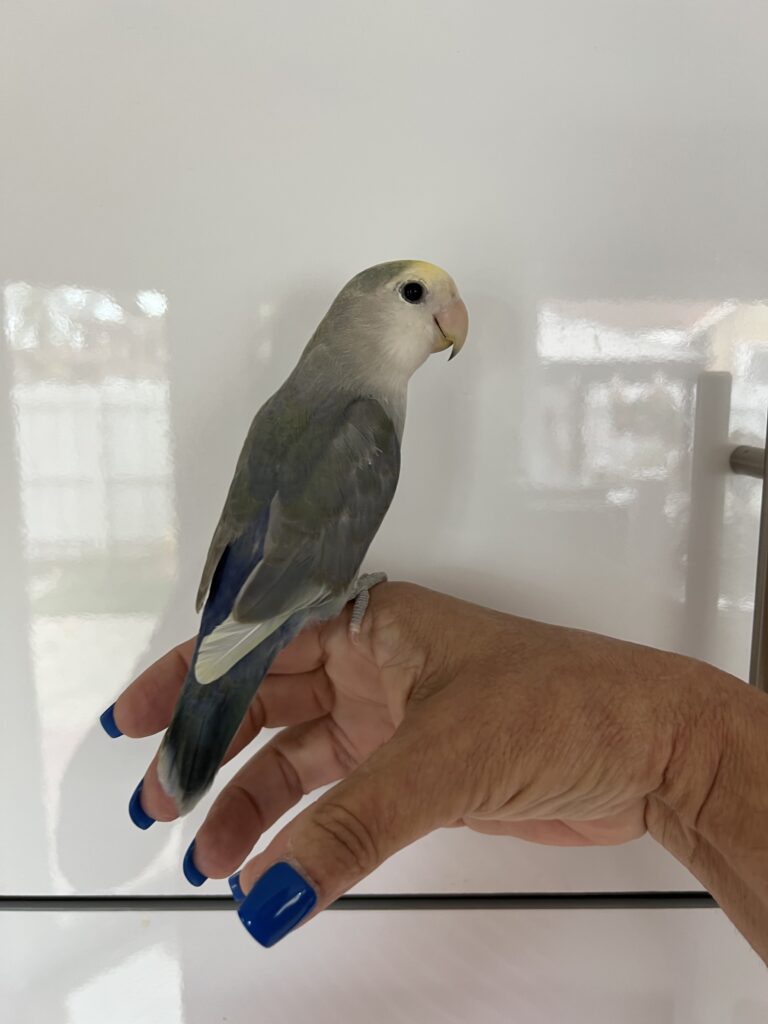
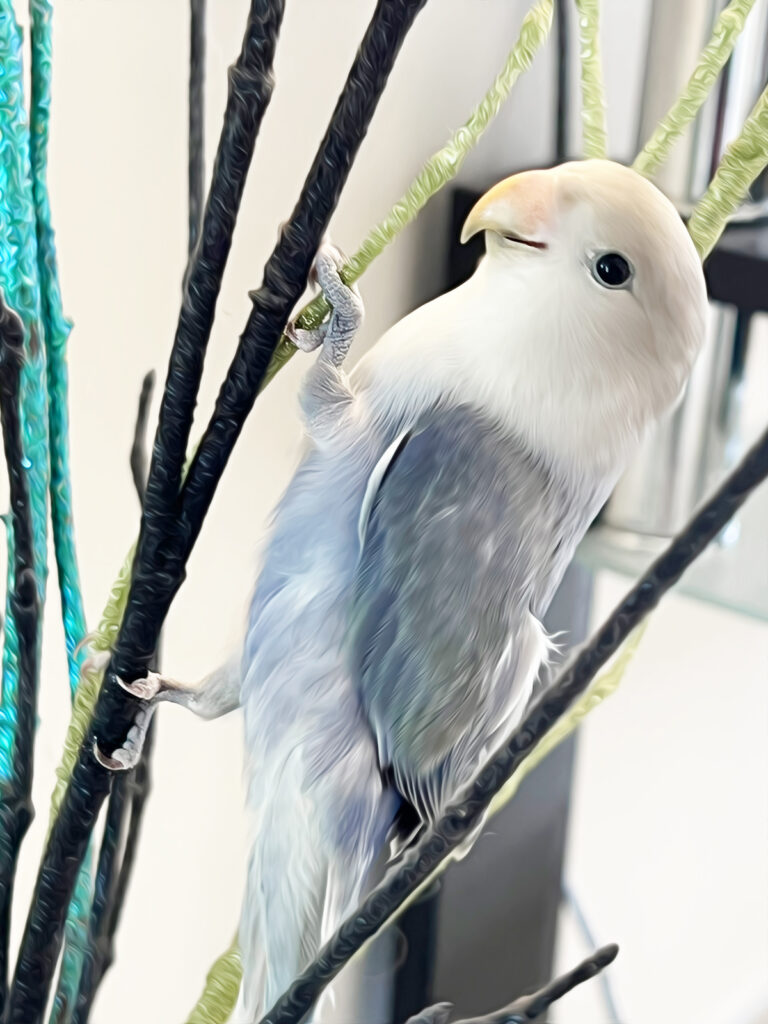
There are 9 species of Lovebirds, and traditionally, lovebirds are divided into three groups:
the sexually dimorphic species:
— Madagascar, Abyssinian, and Red-headed Lovebird
the intermediate species:
— Peach-Faced Lovebird
the white-eye-ringed species:
— Masked, Fischer’s, Lilian’s, and Black-cheeked lovebirds.
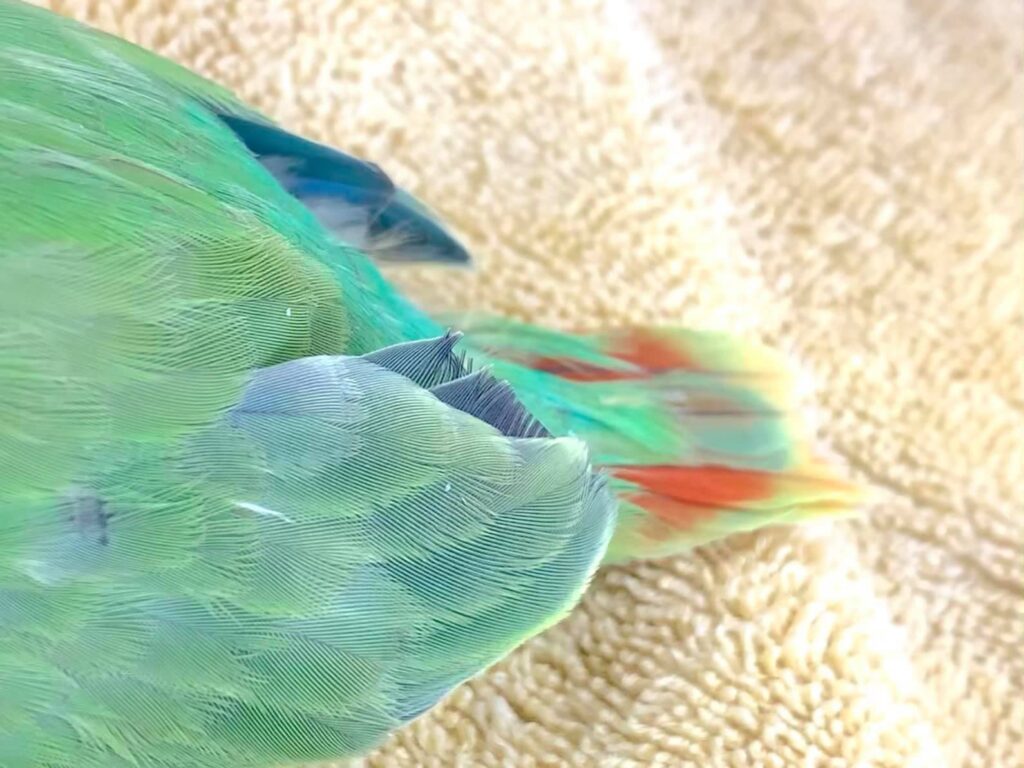
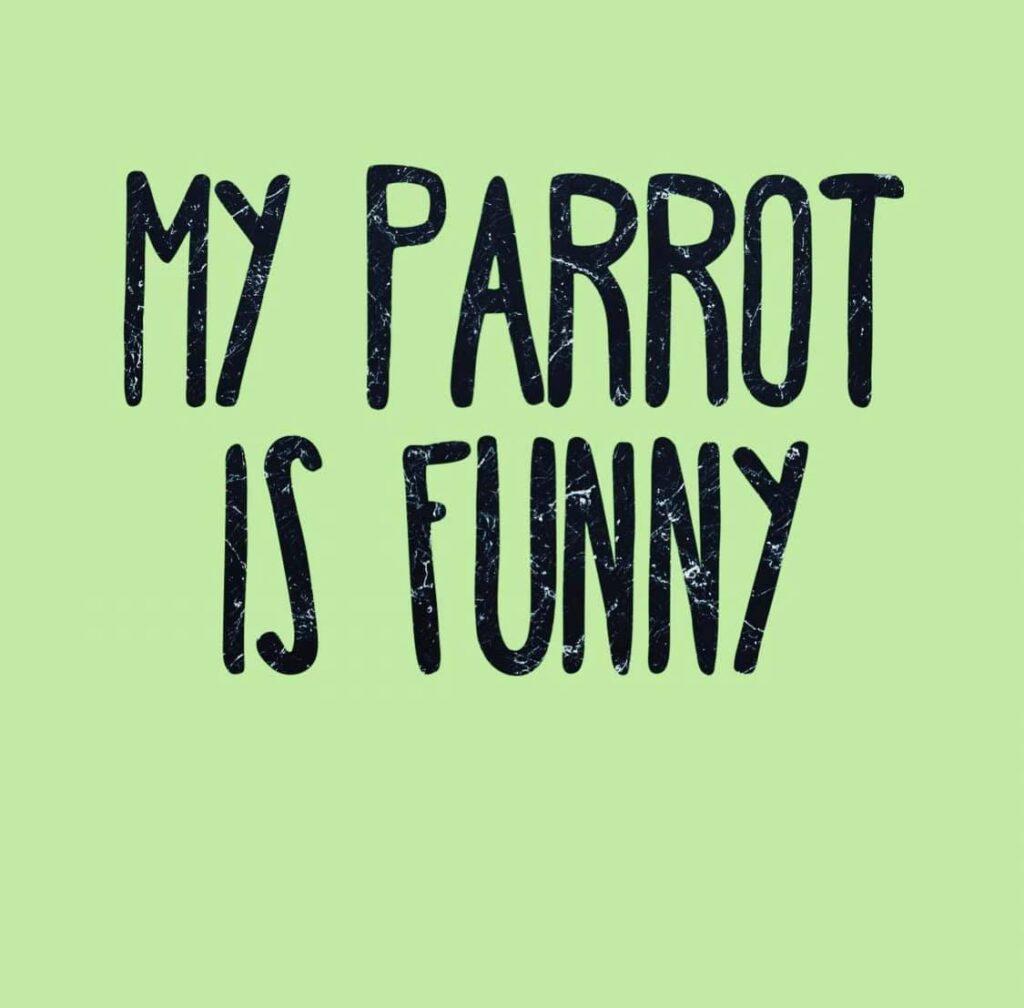

Kiwi responds to her name and oftentimes says “Kiwi” really clear. We will attempt to videotape her doing it, cuz it’s really sweet.

They are born in captivity but that does not mean they will always be in a cage. We believe in allowing our lovebirds to have as much time out of the cage as possible, to play and be social with each other. Look how tiny Lovebirds are! They average 5 to 7 inches and can have up to 24 cm in wingspan.
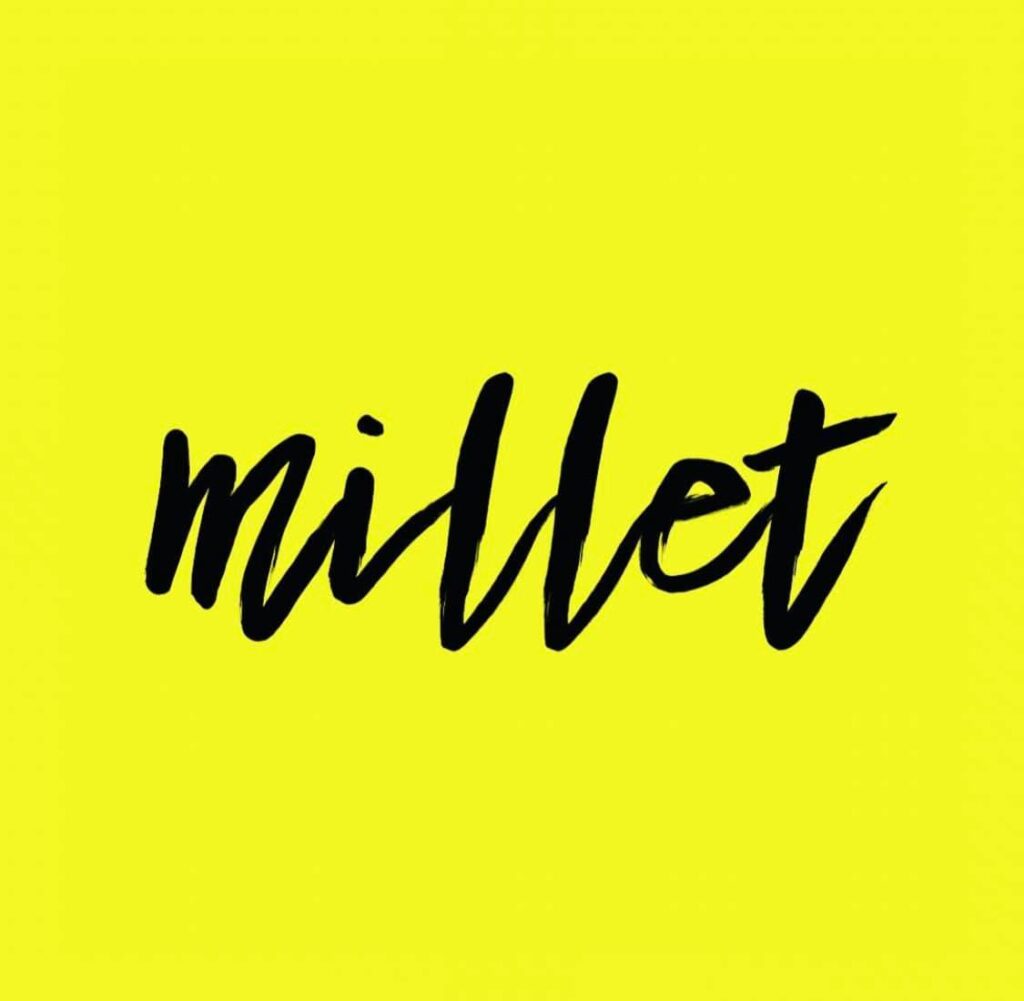
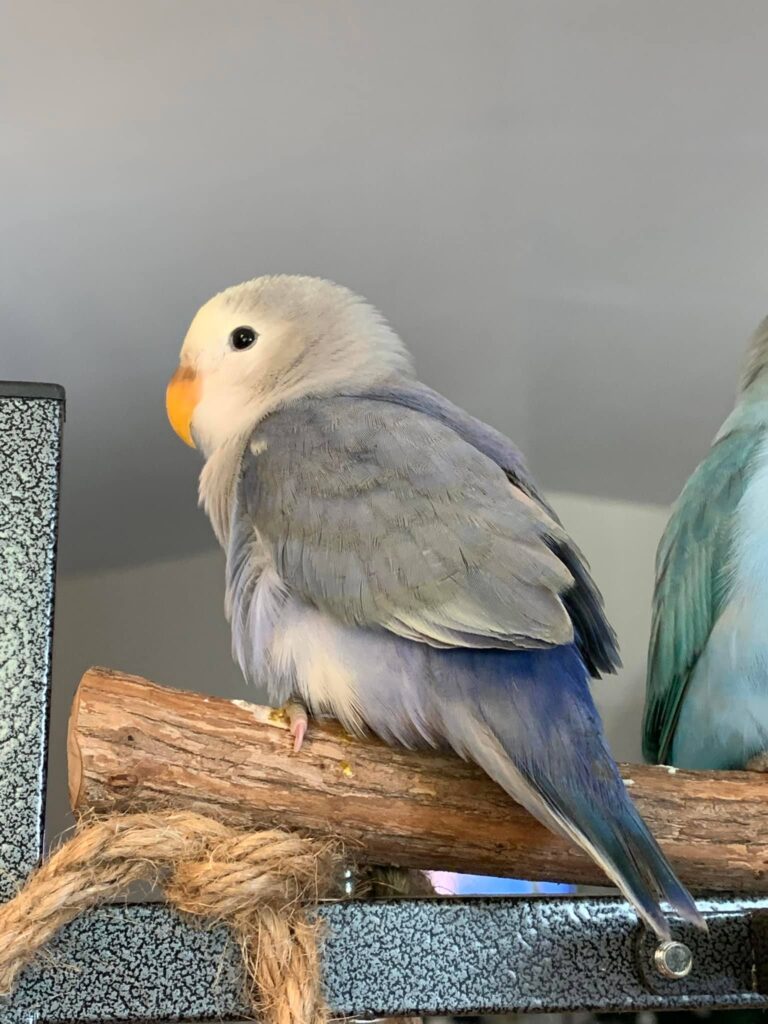
How did you find us? Perhaps you type any of these keywords: #lovebirds #peachfacelovebirds #violetpeachfacedlovebirds #bluelovebirds #floridalovebirds #miamilovebirds #agapornis #agapornisroseicollis #parrots #rosyfacedlovebird #opaline #pied #violetlovebirds
Instagram page: https://instragram.com/real_miami_lovebirds/